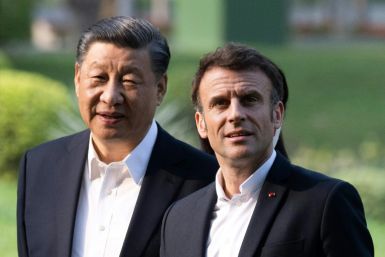Experts Forecast Iron Ore Prices to Fall Below $80 per Tonne
The current price of iron ore at $100 per tonne is expected to drop further to $80 before the price would recover, experts said on Monday.
It is the lowest point since December 2009 which has caused miners to report drops in revenue and profit and speculations that the mining boom has come to an end.
At the start of 2012, iron ore was trading at $135 a tonne, however, slowdown of construction activities in China seven weeks ago caused the continuous drop in iron ore price.
Along with the plummet in price of iron ore, shares of major mining companies also declined by $1.93 to $52.23 for Rio Tinto (ASX: RIO), by 56 cents to $32.86 for BHP Billiton (ASX: BHP), by 25 cents to $3.99 for Fortescue Metals Group (ASX: FMG) and down 12 cents to $1.65 for Atlas Iron (ASX: AGO).
From $104 per tonne, price of the commodity slipped almost 5 percent to $99. The breach to a two-digit figure is expected to worsen, said UBS expert Glyn Laycock.
"Now that it has broken through $100 per tonne, traders I speak to think the price could get a seven in front of it. We may not see a pick-up in demand until after the holiday season in October which means the iron ore price just drifts until then," The Sydney Morning Herald quoted Mr Lawcock.
Since various projects were approved in China in the June quarter and now are going through the bidding phase, Mr Lawcock said the slump in iron ore prices is expected to be temporary.
ANZ commodities expert Natalie Rampano forecast that in 2013, iron ore prices would return to $134 per tonne.
"In the near term prices could slip lower towards $95 per tonne but we don't see it sustaining those levels . . . Demand has eased but we think it will rebound as soon as the China steel supply overhand is wound down, and that could occur over the next six months," Ms Rampono said.
Meanwhile, Rio executive Andrew Harding said its long-term copper outlook remains positive amid speculations of an end to the mining boom. He said at Rio's Northparke copper mine in New South Wales that while the global growth on copper is challenged and miners struggling to meet their production targets, China's efforts to stimulate its economy would succeed and lead to a spike in demand eventually.
Rio forecast 300,000 tonnes of refined copper and 580,000 tonnes of mined copper for 2012. Mr Harding disclosed that work at its Oyu Tolgoi copper mine in Mongolia is 94 per cent complete and it expected first commercial production by 2013 of 60,000 to 70,000 tonnes of copper on the first year of operations.
He added second quarter production at its Northparke mines went up 16 per cent compared to the same period in 2011 because of higher grades.






